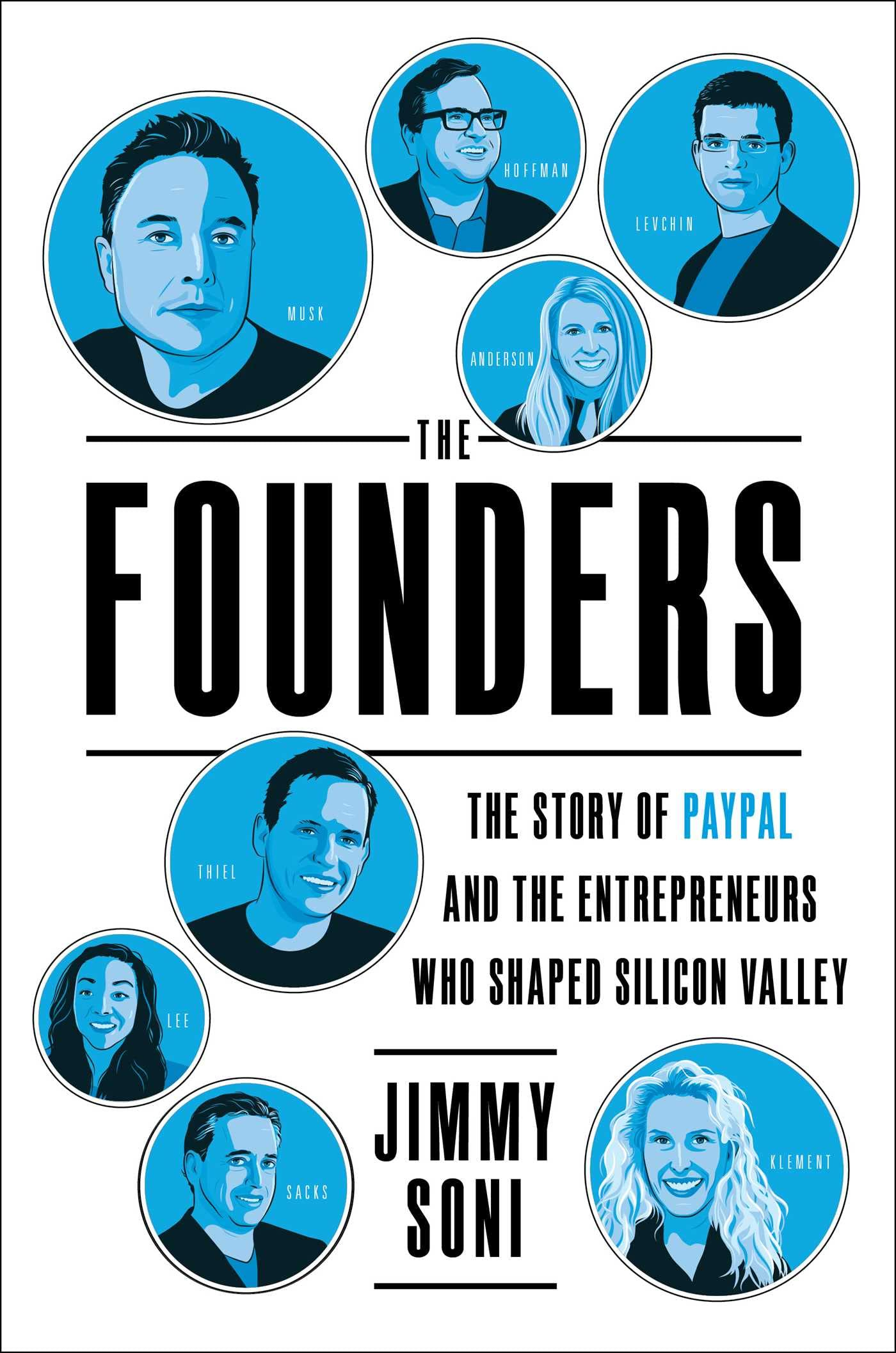The Colorful History of X.com (Aka the website formerly known as Twitter)
A dive down the rabbit hole of X.com's history, based on my interviews with Elon Musk, other X.com employees, and the URL's first owners.
As part of writing THE FOUNDERS, an early history of PayPal, I researched the origins of X.com, the single letter URL that became PayPal and today appears poised to become Twitter.
I communicated with X.com’s pre-Elon owners and interviewed Elon as well as other X.com/PayPal employees about the URL and its history.
In light of the pending Twitter name change, here’s what I found in my digging, which includes some of what I published in the book as well as material that wound up on the cutting room floor.
X.com’s first owners & early years
Early in the creation of his second start-up, Musk had conviction about its name: X.com. This was, Musk believed, simply “the coolest URL on the internet.”
He wasn’t the only one who believed so. In the early 1990s, a pair of engineers, Marcel DePaolis and Dave Weinstein, had purchased www.x.com for their company Pittsburgh Powercomputer. Their original URL — www.ppc.com — had been taken from them when the contract for managing URL DNS information was taken over by a company called Network Solutions. So they decided to call up Network Solutions and explore other URL options — which is when they discovered that X.com was available.
Then they hit a roadblock: “Next call was to our local ISP, who told us in no uncertain terms that a) one letter domain names were illegal, b) that we needed to pick a name at least three letters long, and c) if they sent in the form as requested it would be immediately rejected.” They pleaded their case, pointing out that they had just gotten approval from Network Solutions.
The ISP sent the sure-to-be-rejected form, and lo and behold, it was accepted. Crucially, DePaolis and Weinstein had managed to secure X.com just in time. As they explained in their note to me: “After ‘x’, ‘q’, and ‘z’ slipped through the ‘.com’ nets in the first year of this new service model, the arrival of 1993 saw the IANA (the Internet Assigned Numbers Authority) simply reserve the remaining 23 letters for theoretical future purposes, effectively ending the race for single letter domains.”
Musk’s first X.com purchase
After Pittsburgh Powercomputer was sold off, DePaolis and Weinstein negotiated to hold on to the X.com URL, enjoying its use for their personal email addresses. Over the years, they turned down bids to sell the URL, underwhelmed by the various offer terms.
In early 1999, they received fresh interest. “Under the looming shadow of Y2K, we were approached by Elon Musk,” they said, “…We checked him out and liked his story and plan.” This time, the deal terms proved more interesting. They sold X.com to Musk in exchange for cash and a small stake in the company.
“In the end we liked Elon, believed in him as a fellow entrepreneur and were happy to try to help him in whatever way we could to see him succeed,” DePaolis and Weinstein explained in their note to me, “To this day, we're still rooting for him.”
At the time, the negotiation drew the interest of the Wall Street Journal, which included it in a wider story about start-up naming. A Musk quote concluded the piece: “[Weinstein and DePaolis] are Valley people, which is why those bastards insisted on equity.”
The 1999 X.com Rationale
Musk came out of the deal sporting, among other things, a memorable corporate email address: e@x.com. He believed deeply in the X.com URL and company name, which, to him, seemed novel, intriguing, and open-ended enough to capture the company’s gist—a place for all banking and investment services to coexist. Just as X “marked the spot” on a treasure map, so X.com marked the spot money would be kept online. He also enjoyed pointing out that the URL was rare, one of only three single-letter URLs in the world at the time (the other two: q .com and z.com).
Musk had a practical rationale for the name, too. X.com wasn’t just easy to remember—it was also exceedingly easy to type. He believed the world would soon be powered by handheld devices facilitating every part of users’ lives—handheld devices with uncomfortable keyboards the size of an index card. In this world, X.com was the ideal address because a customer was only ever five keystrokes away from their full financial life.
Musk’s conviction about the X.com name also grew out of the unfortunate name of his first start-up, Zip2. Heads down writing Zip2’s code, Musk had outsourced the naming to a branding firm—and regretted it. “First of all, what the hell does it mean? It’s literally one of the worst URLs you could possibly have. Because is it Zip, the digit ‘2’? Or is it Zip t-w-o? Or Zip t-o? Or Zip t-o-o?” Musk said. “You just picked the homonym with the most number of variations. And websites don’t work with homonyms. So it’s dumb in every possible way.”
“I deferred brand and marketing and whatever to people I thought were domain experts,” Musk said, “And then discovered subsequently that you just have to use common sense. And that’s actually a better guide.”
To Musk, X.com’s name was everything Zip2’s wasn’t—and he was convinced X.com would become everything Zip2 hadn’t. “He was really passionately inspired by that letter,” an X.com colleague recalled.
The second X.com purchase
Decades after purchasing the X.com URL, he bought it again in 2017. Musk chuckled retelling his reacquisition of the domain. The broker who sold him the URL saw the deal as a crowning achievement. “He wrote me this long heartfelt letter . . . they were like ‘We are so happy to have restored this URL to you,’” Musk said.
At the time, he was asked about his ambitions for the URL, and Musk responded on Twitter. “Thanks PayPal for allowing me to buy back X.com!” he wrote. “No plans right now, but it has great sentimental value to me.”
When I published THE FOUNDERS in February 2022, a visitor to www.x.com was greeted merely with a single character, x. The rest of the page was blank. In true comedic form, Musk left an Easter egg on the barebones X.com site: At the time, a visitor to www.x.com/y saw a y instead.
So there it is, the X.com history in detail. For more nuggets from those years, including the early X.com story as well as the origin story of the PayPal name, check out THE FOUNDERS:




Good review. The Wayback Machine displays fun historical iterations of the site.